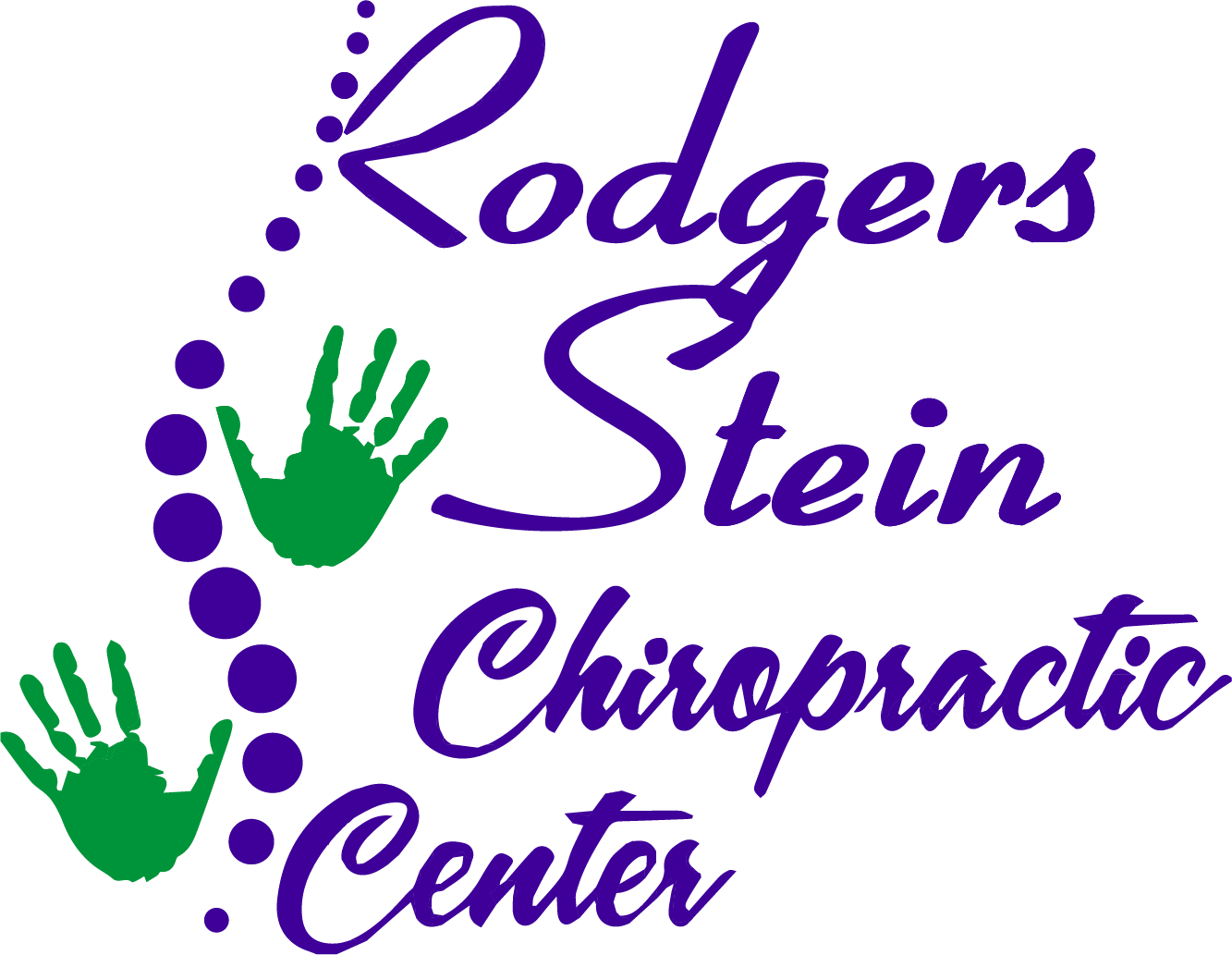If you're tired of relying on over-the-counter pain relievers for tension headaches, you might want to explore some unexpected methods that can provide relief. Techniques like deep breathing and staying hydrated can play an important role in easing discomfort. You might also be surprised at how essential oils can transform your experience. And while gentle stretching often gets overlooked, it could be the key to releasing relaxation. But that's just the beginning—there are even more strategies that could change how you manage these headaches. Curious about what else might work for you?
Breathing Techniques
When you're caught in the grip of a tension headache, breathing techniques can be a powerful tool for relief. By focusing on your breath, you can activate your body's relaxation response, helping to ease the tension in your head and neck.
Start by finding a comfortable position, whether you're sitting or lying down. Close your eyes and take a moment to center yourself.
Begin with deep, slow breaths. Inhale deeply through your nose, allowing your abdomen to expand. Hold that breath for a moment, then exhale slowly through your mouth. As you breathe out, imagine releasing the pain and tension from your body. Repeat this process several times, focusing on the rhythm of your breath.
You can also try a technique called "4-7-8 breathing." Breathe in for a count of four, hold your breath for a count of seven, and then exhale for a count of eight. This method helps calm your mind and reduces stress, which can be a significant trigger for tension headaches.
As you practice these techniques, pay attention to how your body feels. You might notice the tightness in your neck or shoulders beginning to ease.
Stay present in the moment, and don't rush through the process. By integrating these breathing exercises into your routine, you can create a powerful habit that not only alleviates headaches but also promotes overall well-being.
Hydration Matters
Staying hydrated is essential for preventing tension headaches and keeping your muscles relaxed.
When you're not drinking enough water, you might experience signs of dehydration that can increase muscle tension and discomfort.
Let's explore how proper hydration can make a difference in your overall well-being.
Importance of Water Intake
Your body's need for hydration plays an essential role in preventing tension headaches. When you're dehydrated, you may experience increased muscle tightness and discomfort, leading to those nagging headaches. Staying properly hydrated helps maintain your body's balance and keeps your headaches at bay.
Here are some emotional cues to reflect on about the importance of water intake:
- Clarity: Imagine feeling sharp and focused instead of foggy and distracted.
- Energy: Picture having the stamina to tackle your day without feeling drained.
- Relief: Visualize the comfort of a headache-free afternoon spent with loved ones.
- Joy: Think about enjoying your favorite activities without the burden of pain.
- Control: Remember the empowerment that comes from taking charge of your health.
Hydration and Muscle Tension
Hydration plays an essential role in managing muscle tension, impacting your overall comfort and well-being. When your body is well-hydrated, your muscles function effectively, reducing the likelihood of cramps and tightness that often lead to headaches.
Dehydration can cause your muscles to become stiff, which increases tension and discomfort. Drinking enough water helps maintain the elasticity of your muscles and joints. When you're adequately hydrated, your body can effectively transport nutrients and oxygen to your muscles, promoting relaxation.
On the other hand, if you're not drinking enough water, your muscles might tighten, leading to increased strain and discomfort in your neck and shoulders—common culprits for tension headaches.
To guarantee you're staying hydrated, keep a water bottle with you throughout the day. Aim for at least eight 8-ounce glasses of water daily, but listen to your body's signals. If you're exercising or spending time in heat, you may need even more.
Incorporating hydrating foods like fruits and vegetables can also help. By prioritizing hydration, you're taking a proactive step toward relieving muscle tension and enhancing your overall well-being, ultimately reducing the risk of tension headaches.
Signs of Dehydration Awareness
Recognizing the signs of dehydration is essential for maintaining your well-being and preventing tension headaches.
When your body isn't getting enough fluids, it can lead to various symptoms that signal the need for a drink. Staying aware of these signs can help you take action before discomfort sets in.
Look out for these common signs of dehydration:
- Dry mouth: A sticky feeling or difficulty swallowing can indicate you need water.
- Fatigue: Feeling unusually tired or sluggish may be a sign your body is running low on fluids.
- Headaches: Frequent or intense headaches can often be traced back to dehydration.
- Dizziness: Lightheadedness or faintness can occur when you're not drinking enough.
- Dark urine: If your urine is darker than a pale straw color, it's time to hydrate.
Aromatherapy Benefits
While tension headaches can be debilitating, aromatherapy offers a natural and effective way to alleviate discomfort. By using essential oils, you can tap into the powerful benefits of nature to help soothe your headache symptoms. Aromatherapy works by stimulating your sense of smell, which can influence your mood and even reduce pain perception.
One of the most popular essential oils for headache relief is lavender. Its calming properties not only help you relax but also promote better sleep, which is vital when you're dealing with headaches. Simply inhaling lavender oil or diffusing it in your space can create a serene atmosphere that eases tension.
Peppermint oil is another excellent choice. Its menthol content can provide a cooling sensation that helps alleviate headache pain. You can apply diluted peppermint oil to your temples or the back of your neck for instant relief. The invigorating aroma can also help clear your mind, making it easier to focus on your tasks without the distraction of a headache.
Eucalyptus oil is beneficial as well, especially if your tension headache is accompanied by sinus pressure. Its anti-inflammatory properties can help open up your airways, making it easier to breathe and reducing discomfort.
Incorporating aromatherapy into your routine can be a simple yet effective way to manage tension headaches. Whether you use a diffuser, apply oils topically, or simply inhale them directly, you'll find that these natural remedies provide a soothing escape from your headache pain.
Gentle Stretching Exercises
When tension headaches strike, gentle stretching exercises can make a big difference.
You can focus on neck stretching techniques, shoulder roll exercises, and upper back releases to relieve tightness and improve your comfort.
Let's explore how these simple movements can help ease your headache.
Neck Stretching Techniques
To ease the discomfort of tension headaches, incorporating gentle neck stretching techniques into your routine can be incredibly beneficial.
These stretches help relieve tightness in your neck, promoting relaxation and alleviating headache symptoms. Here are some effective techniques you can try:
- Side Neck Stretch: Tilt your head towards one shoulder, letting the opposite arm hang down to feel a gentle pull.
- Chin Tucks: Pull your chin back towards your neck to create length in the back of your head, which can alleviate pressure.
- Neck Rolls: Slowly roll your head in a circular motion, allowing any stiffness to melt away.
- Forward Neck Stretch: Gently lower your chin to your chest, feeling the stretch across the back of your neck.
- Upper Trapezius Stretch: Sit up straight, and while tilting your head to one side, use your hand to apply a light pressure for a deeper stretch.
Shoulder Roll Exercises
Incorporating shoulder roll exercises into your routine can greatly reduce tension in the upper body, which often contributes to tension headaches. These exercises are simple yet effective, and you can do them anywhere, whether at your desk or while watching TV.
To perform a shoulder roll, sit or stand up straight. Inhale deeply and lift your shoulders towards your ears. As you exhale, roll your shoulders back and down in a circular motion. Repeat this five to ten times. Focus on the movement and feel the tension melt away.
After rolling back, switch to rolling your shoulders forward. This helps to loosen tight muscles in the shoulder area and improves circulation.
You can also incorporate variations by holding your shoulders at the top of the roll for a brief moment before releasing. This adds an extra stretch and enhances the relaxation effect.
Remember to keep your neck relaxed and avoid hunching over during the exercise. Adding shoulder rolls to your daily routine can lead to noticeable relief from tension, helping you combat those pesky headaches effectively.
Upper Back Releases
Releasing tension in your upper back can greatly alleviate discomfort that leads to tension headaches. When you incorporate gentle stretching exercises into your routine, you'll not only feel more relaxed, but you may also enhance your overall well-being.
Here are some effective upper back releases you can try:
- Feel the soothing stretch as you reach your arms overhead, easing tightness.
- Experience relief as you gently twist your torso, freeing up restricted areas.
- Embrace the calm that comes from leaning forward and stretching your arms out, melting away stress.
- Relish the moment when you roll your shoulders back, opening up your chest and improving posture.
- Allow yourself to unwind with a simple neck stretch, releasing tension that often travels down to your upper back.
These stretches can help you reconnect with your body and promote a sense of tranquility. By dedicating just a few minutes each day to these exercises, you'll empower yourself to combat tension headaches more effectively.
Warm Compress Application
Applying a warm compress can be a simple yet effective way to alleviate tension headaches. The heat helps to relax tight muscles and improve blood flow, which can greatly ease the discomfort you're feeling.
To get started, all you need is a clean cloth or towel and some warm water. Soak the cloth in warm water, then wring it out to remove excess moisture. You want it warm, not scalding, so test the temperature on your wrist first.
Once it's ready, fold the cloth and place it on your forehead, temples, or the back of your neck—wherever you feel the most tension. Leave the compress on for about 10 to 15 minutes. If it cools down, you can re-soak it in warm water to maintain the heat.
You might also consider using a heating pad or a hot water bottle if you prefer a more consistent heat source. As you apply the warm compress, take a moment to close your eyes and focus on your breathing. This can enhance the relaxing effects of the heat.
You'll find that the warmth starts to melt away the tension in your muscles, helping you feel more at ease. Incorporating warm compress applications into your routine can be a game-changer for managing tension headaches.
Next time you feel one coming on, give it a try; you might be pleasantly surprised at how effective it is!
Mindfulness and Meditation
Many people find that practicing mindfulness and meditation can greatly reduce the frequency and intensity of tension headaches. By taking time to connect with your breath and quiet your mind, you create a space where stress and anxiety can fade away. This mental clarity helps alleviate the muscle tension often associated with headaches.
Incorporating mindfulness and meditation into your daily routine doesn't have to be complicated. Here are some simple yet powerful techniques you can try:
- Focus on your breath: Breathe deeply and slowly, allowing each inhale to fill your lungs and each exhale to release tension.
- Body scan meditation: Gently bring your awareness to each part of your body, noticing any areas of tightness and consciously relaxing them.
- Guided imagery: Visualize a peaceful scene, like a serene beach or a quiet forest, to transport your mind away from stressors.
- Mindful walking: Take a walk while paying attention to each step, the ground beneath your feet, and the sounds around you.
- Gratitude practice: Reflect on things you're thankful for, shifting your mindset from stress to appreciation.
Herbal Remedies
In addition to mindfulness and meditation, herbal remedies can offer natural support for easing tension headaches. You might find that certain herbs have properties that can help reduce headache symptoms, allowing you to feel more relaxed and focused.
One popular option is peppermint oil. When you apply diluted peppermint oil to your temples and massage gently, it can help stimulate circulation and relieve muscle tension. You can also brew peppermint tea to enjoy its soothing effects from within.
Another effective herb is ginger, known for its anti-inflammatory properties. Drinking ginger tea or incorporating fresh ginger into your meals can help reduce headache severity and frequency.
Chamomile is another herbal remedy that may help. Its calming effects can promote relaxation, making it easier for you to unwind and alleviate headache discomfort. You can enjoy chamomile tea before bed or during a stressful moment in your day.
Lavender is well-known for its calming scent, but it's also effective in reducing tension headaches. Inhaling lavender essential oil or using it in a diffuser can create a serene environment, helping to ease your mind and head pain.
Finally, consider using feverfew, a traditional herb often used for headaches. You can find feverfew supplements at health stores or online, but consult with a healthcare professional before starting any new herbal regimen.
Posture Correction Tips
Good posture is essential for preventing tension headaches, as poor alignment can lead to muscle strain and discomfort. By making a few simple adjustments to your posture, you can notably reduce your risk of headaches and improve your overall well-being.
Here are some practical tips to help you maintain proper alignment throughout your day:
- Keep your shoulders relaxed: Tensing your shoulders can create pressure in your neck, leading to headaches. Make a conscious effort to keep them low and relaxed.
- Align your ears with your shoulders: When standing or sitting, verify your ears are in line with your shoulders. This alignment helps distribute weight evenly and reduces strain on your neck.
- Use a supportive chair: If you spend long hours at a desk, invest in a chair that supports your lower back. Your feet should rest flat on the ground, with your knees at a right angle.
- Take regular breaks: Stand up, stretch, or walk around every hour. This breaks the cycle of poor posture and gives your muscles a chance to relax.
- Practice mindful breathing: Deep, controlled breaths can help you become more aware of your posture. When you breathe deeply, your body naturally aligns, reducing tension.
Conclusion
By incorporating these surprising techniques, you can effectively alleviate tension headaches and enhance your overall wellness. Remember to practice deep breathing, stay hydrated, and explore the benefits of aromatherapy. Don't forget to stretch gently and apply warm compresses to ease tight muscles. Embracing mindfulness and correcting your posture can also make a significant difference. With these simple steps, you can take control of your tension headaches and find relief in your daily life.



